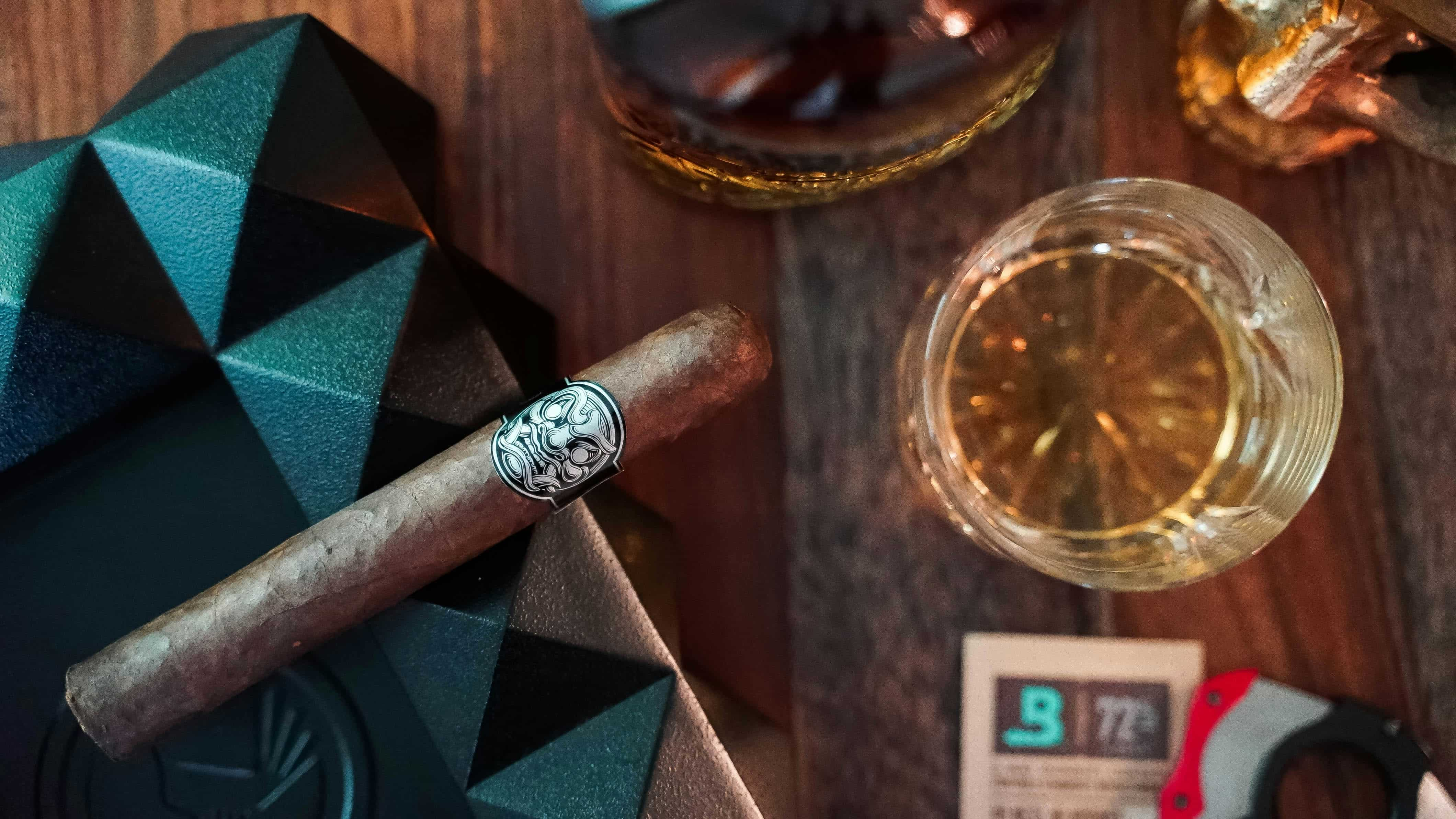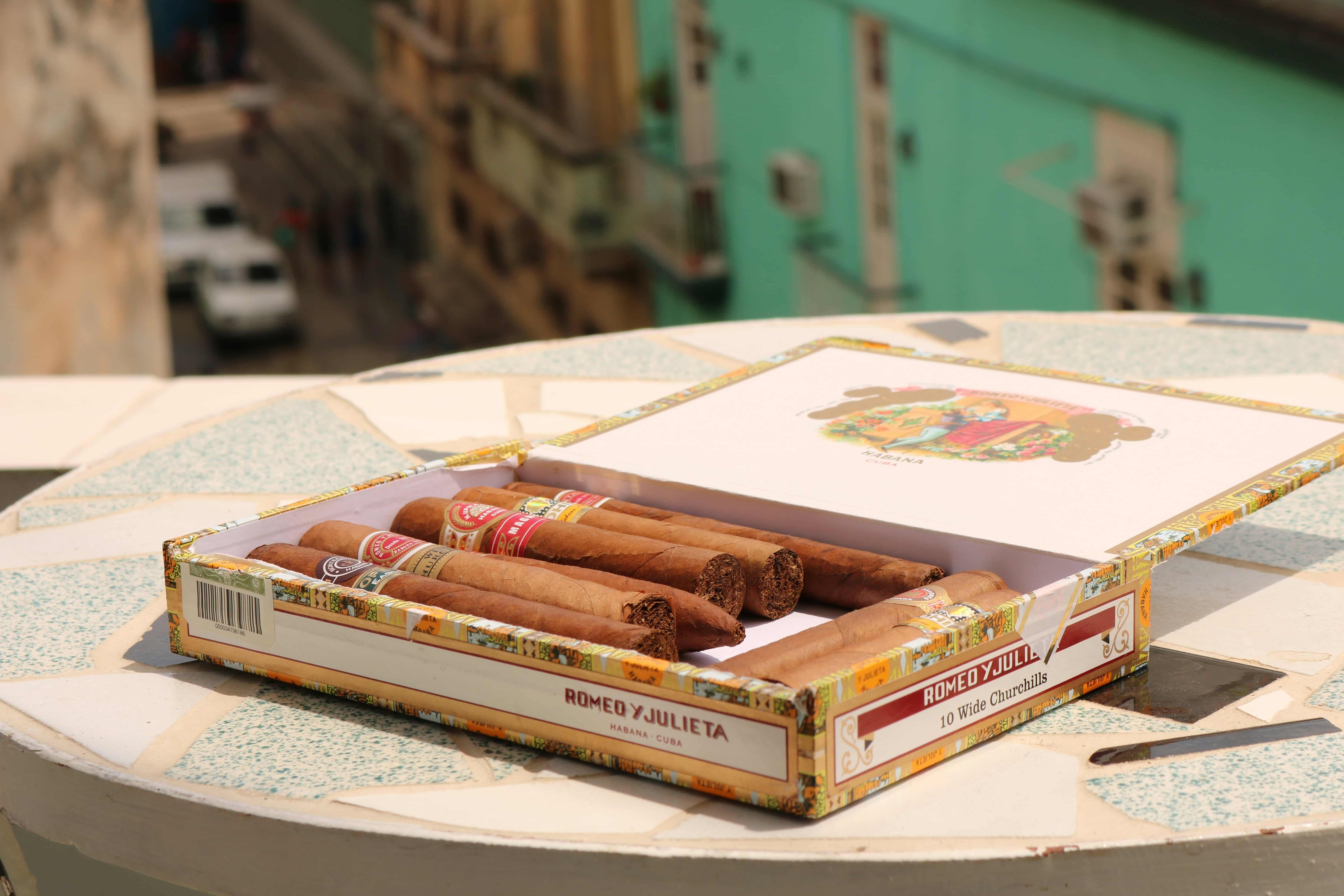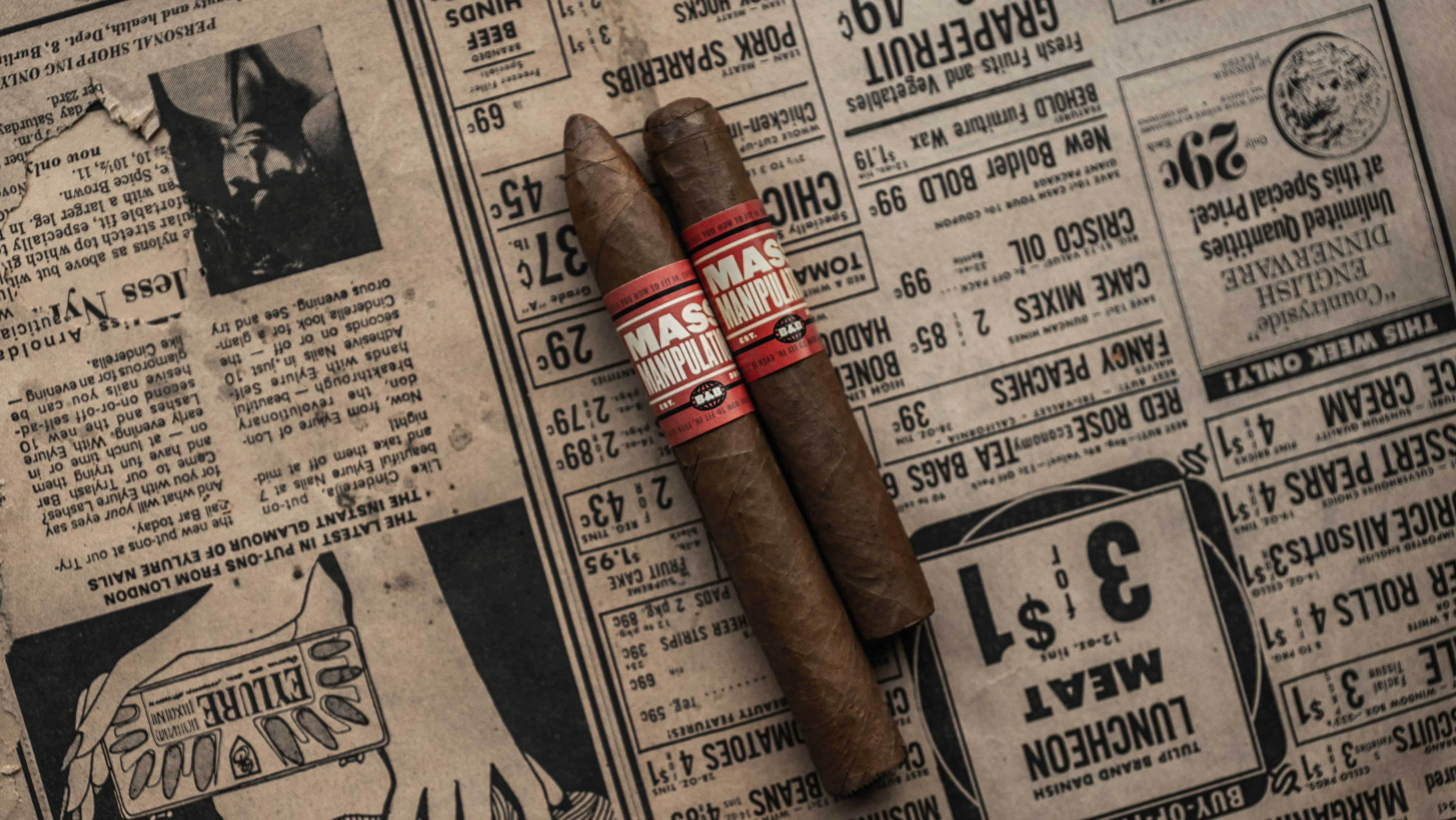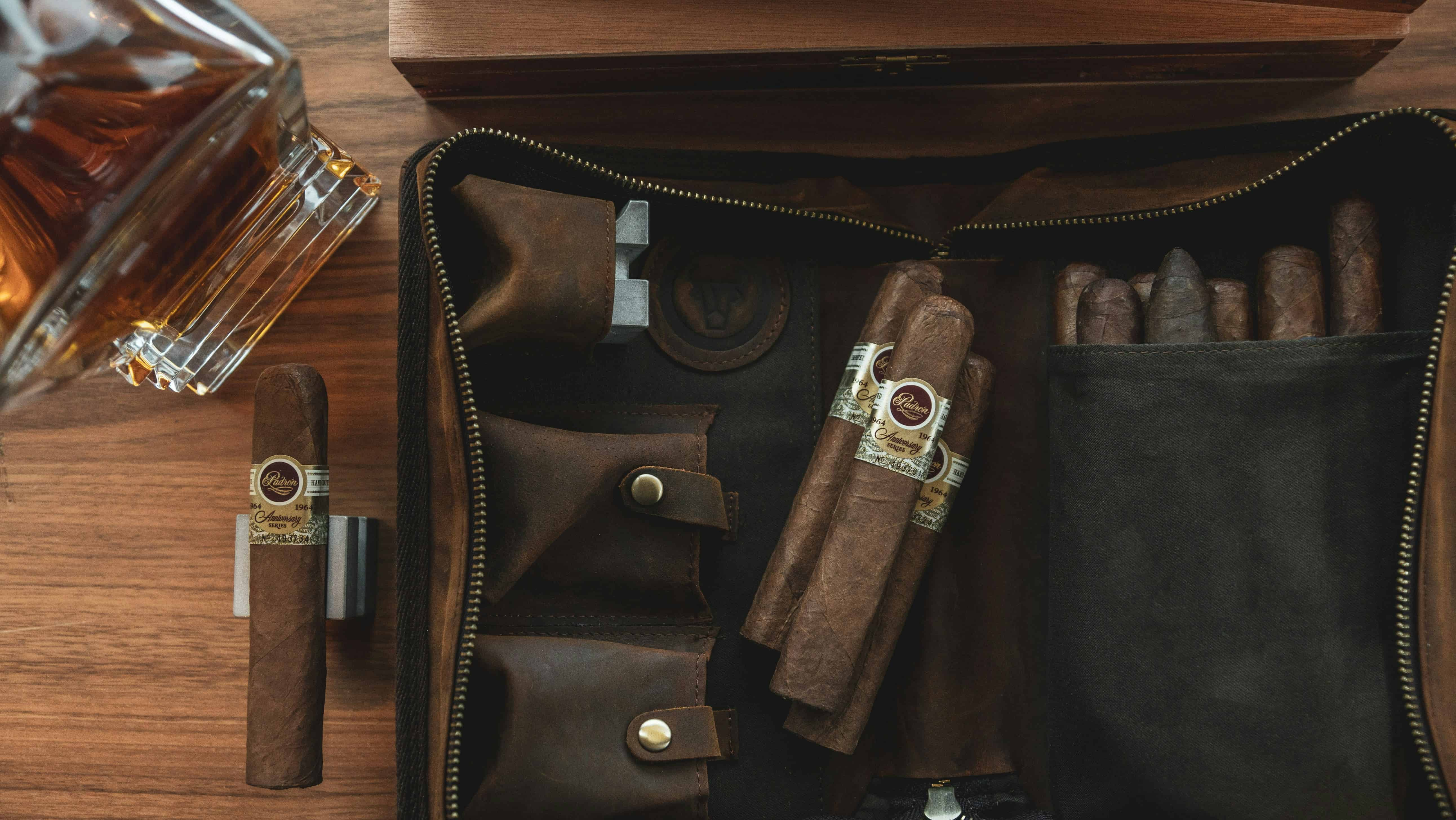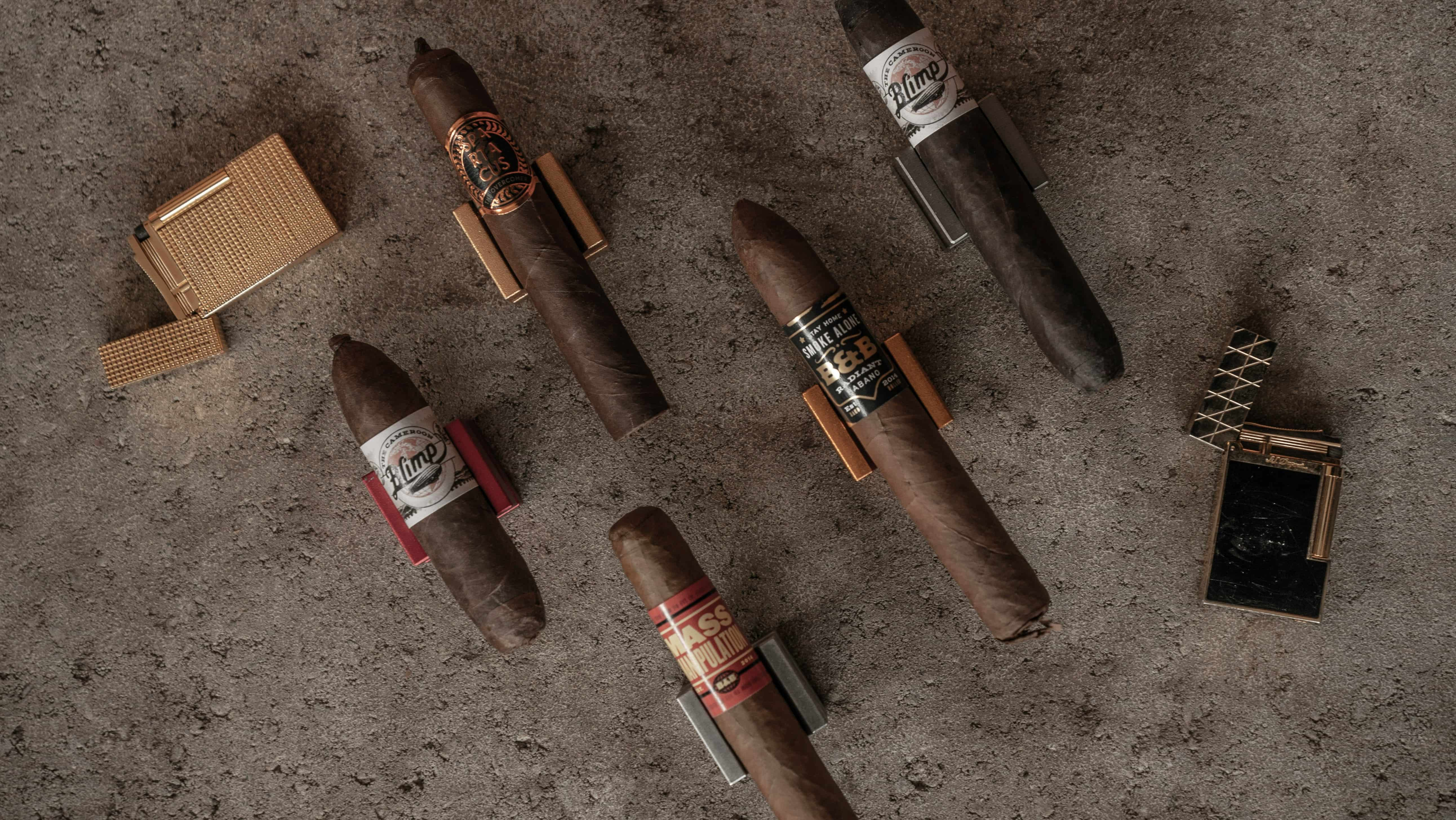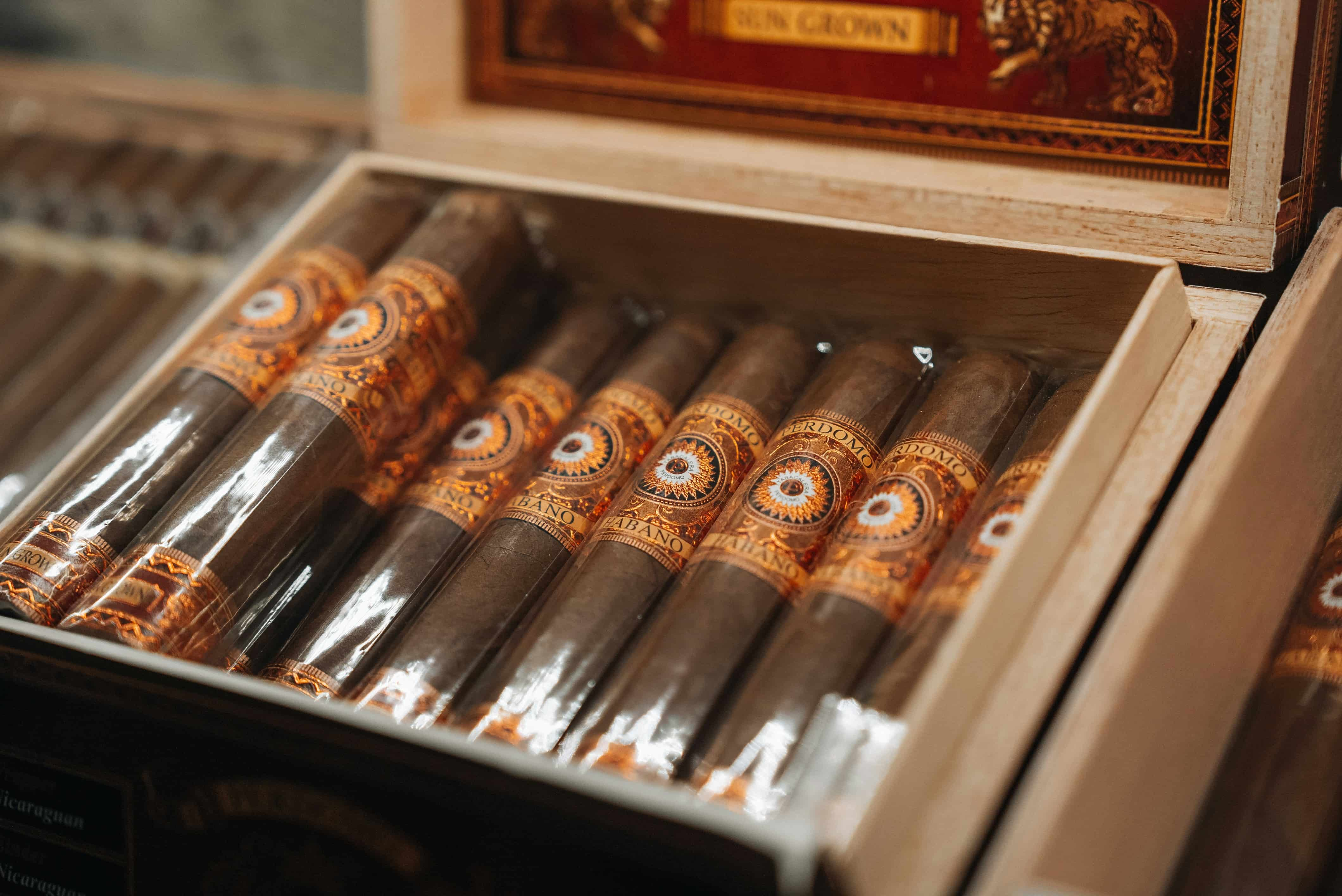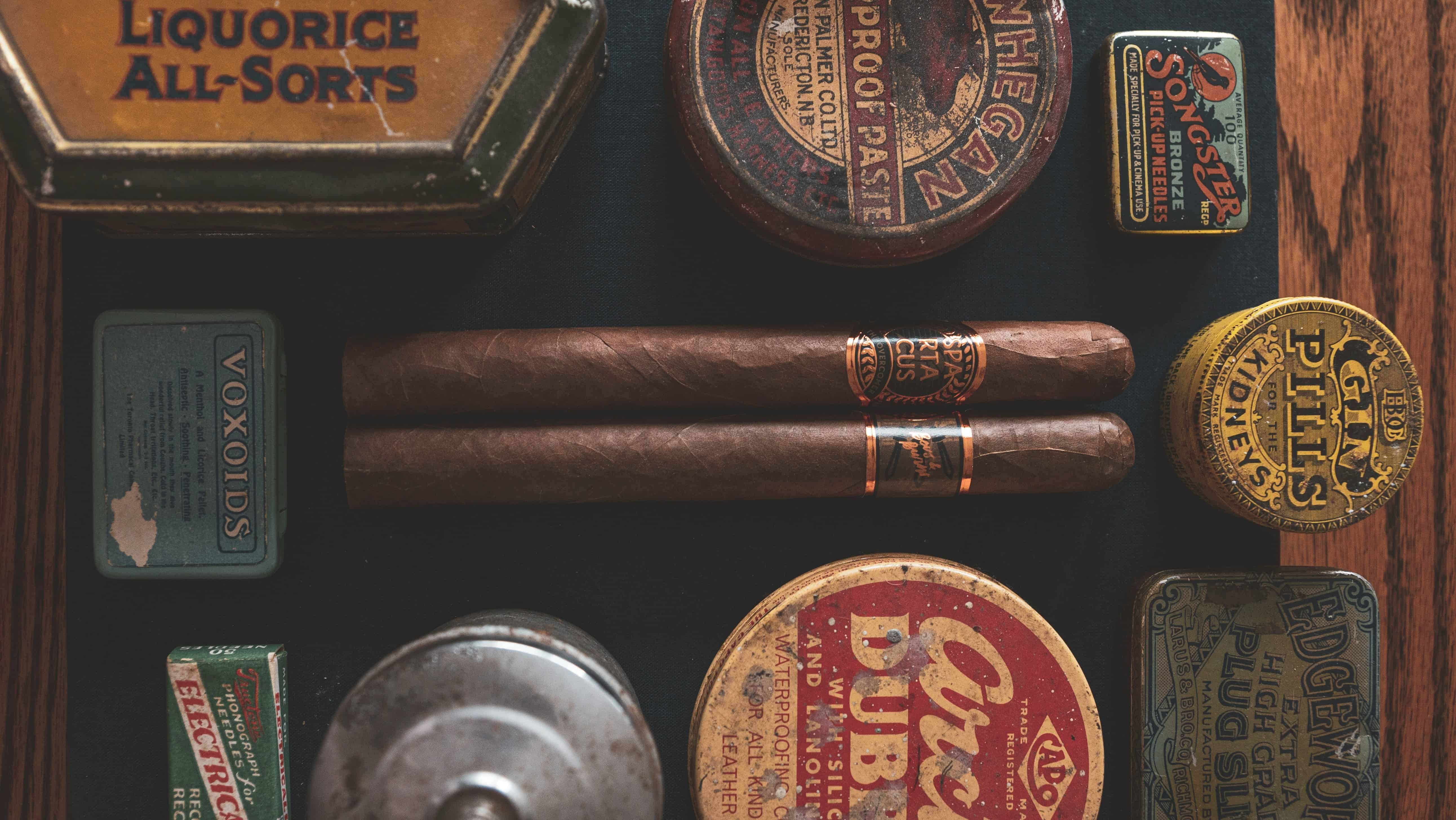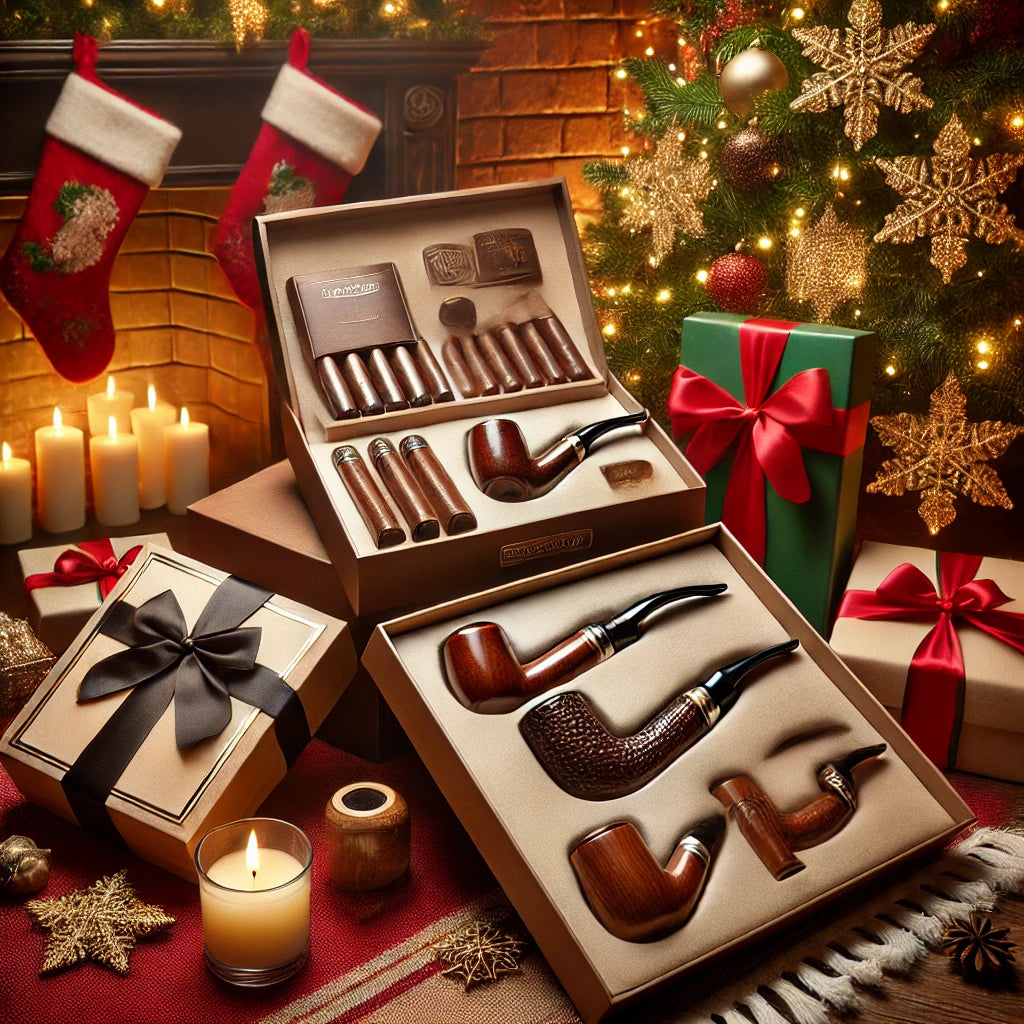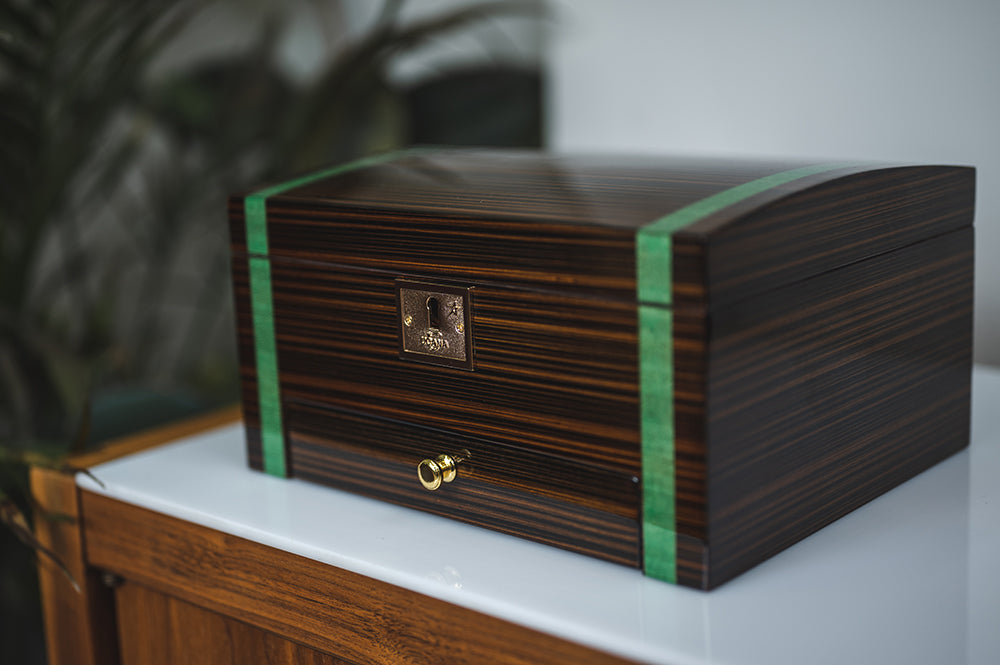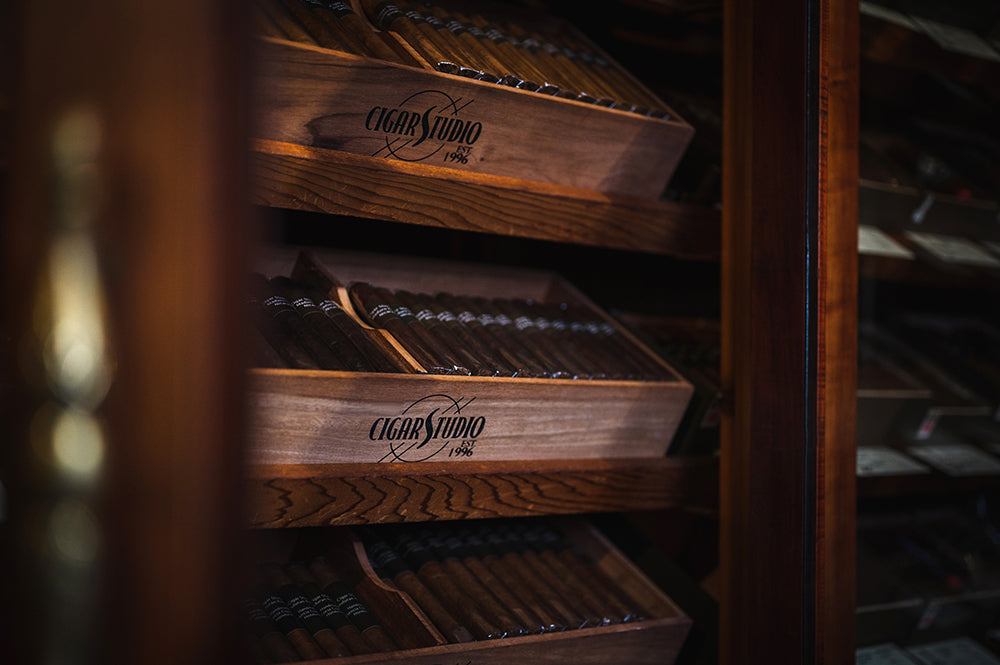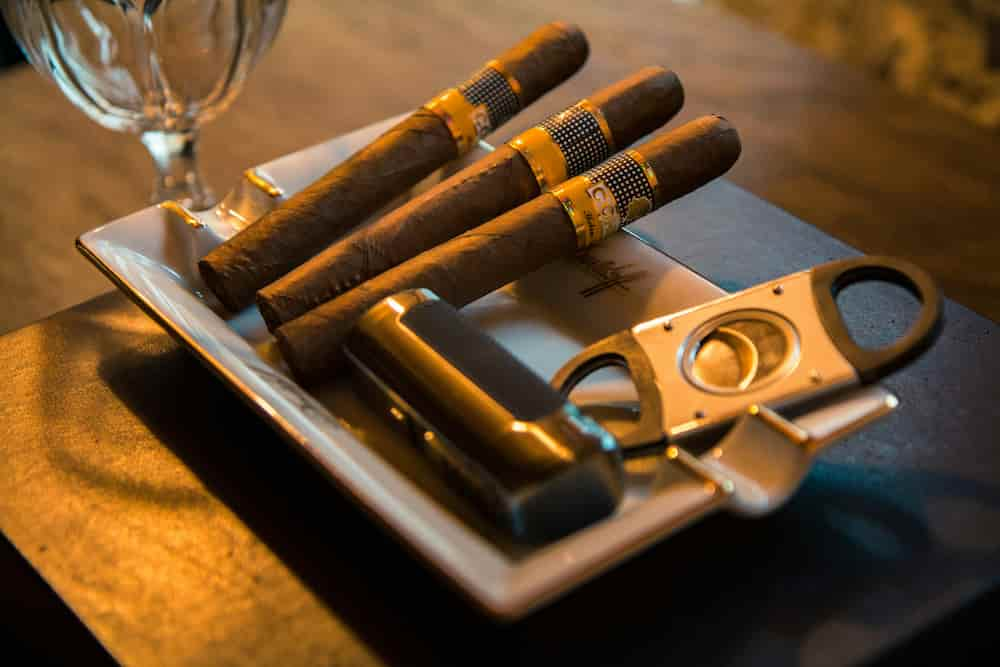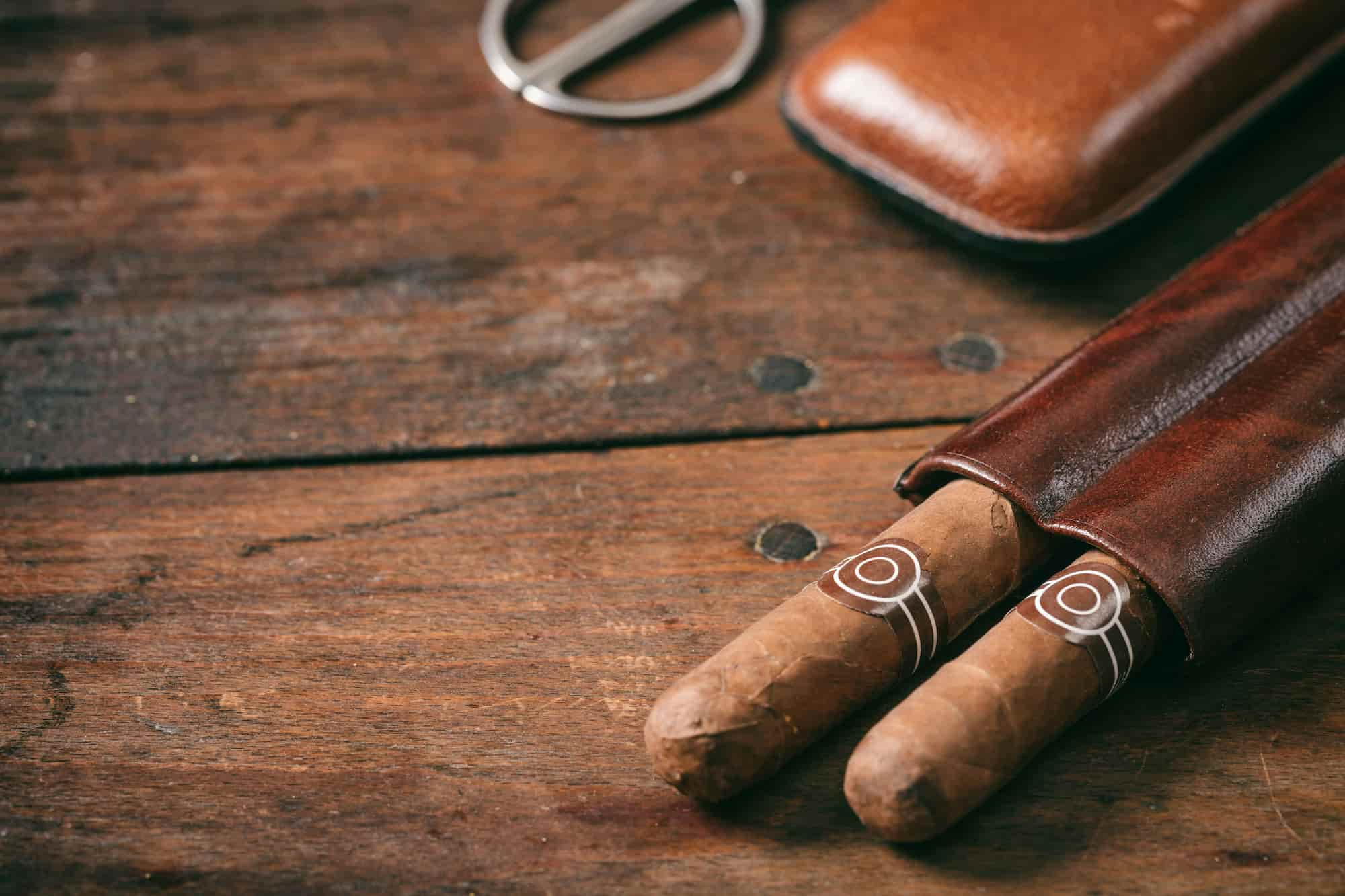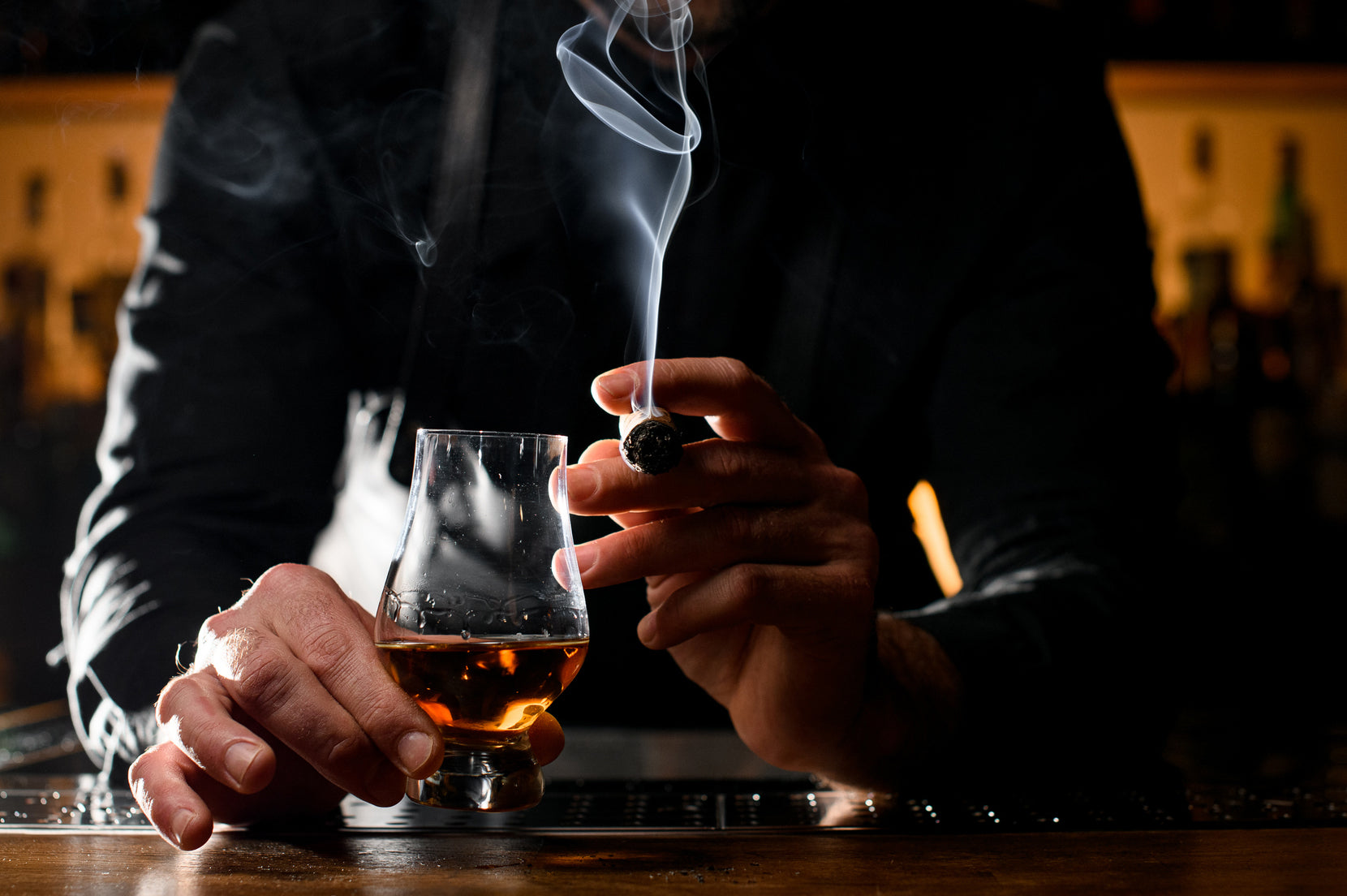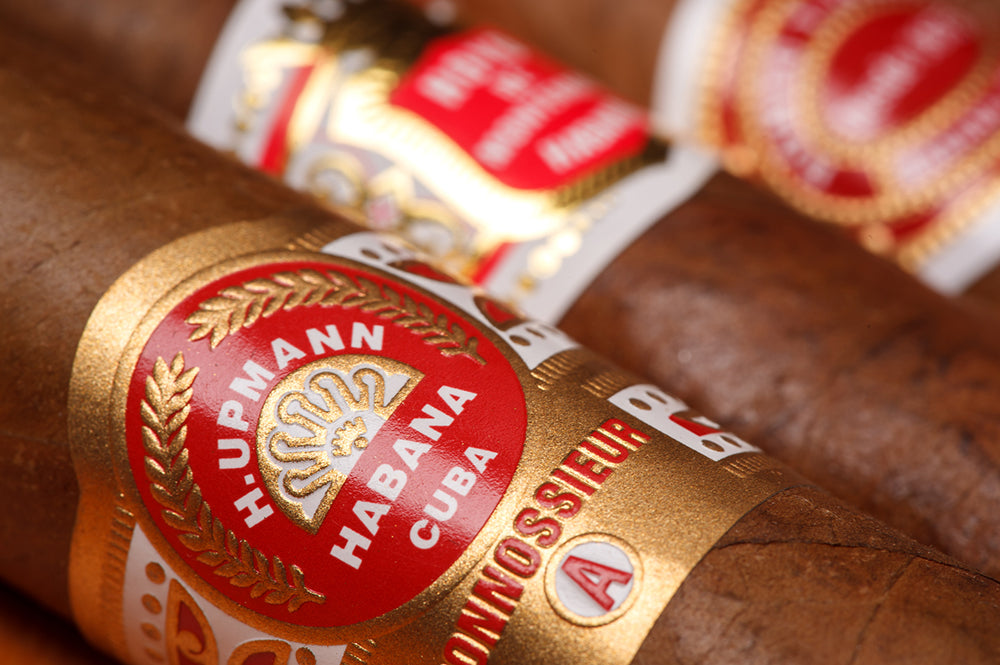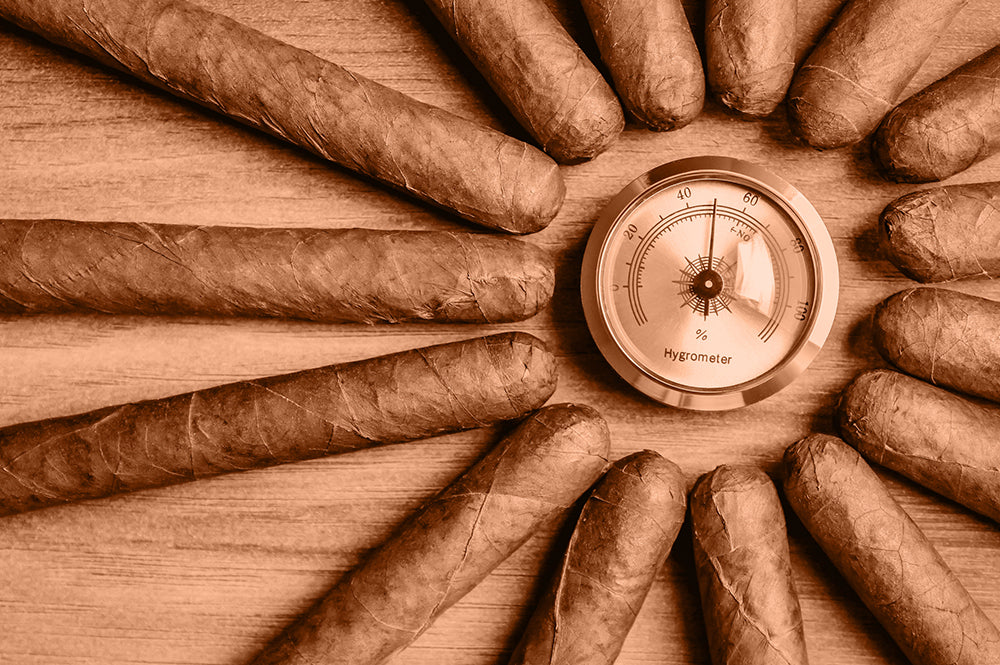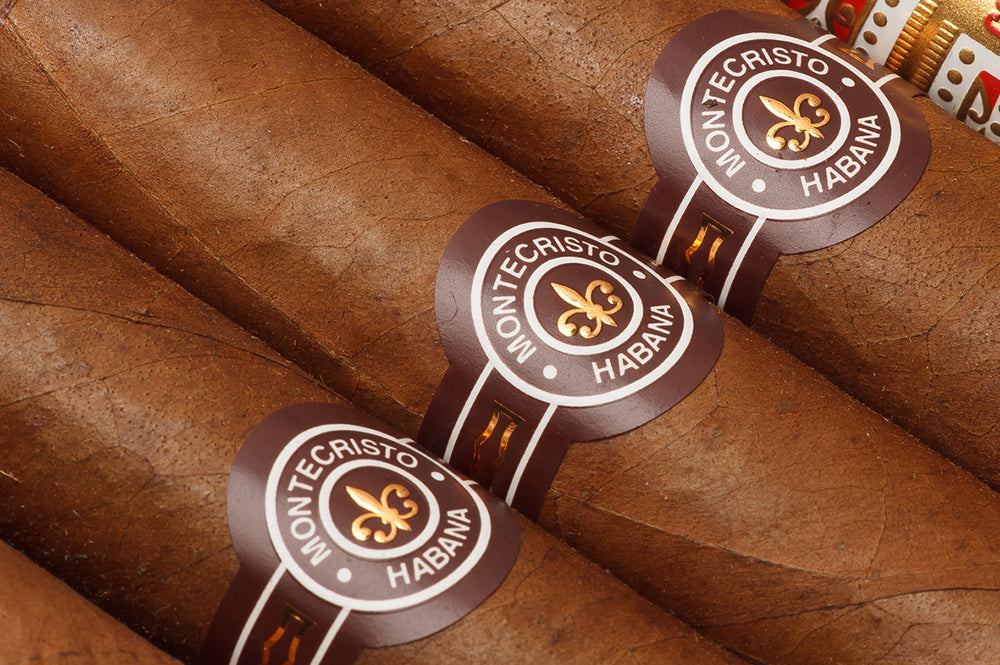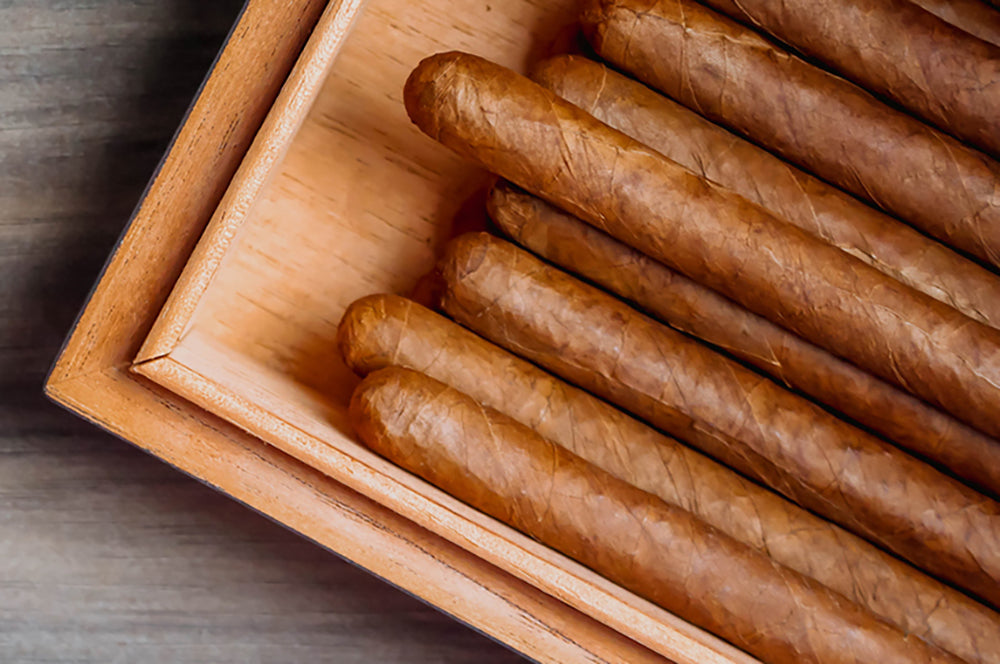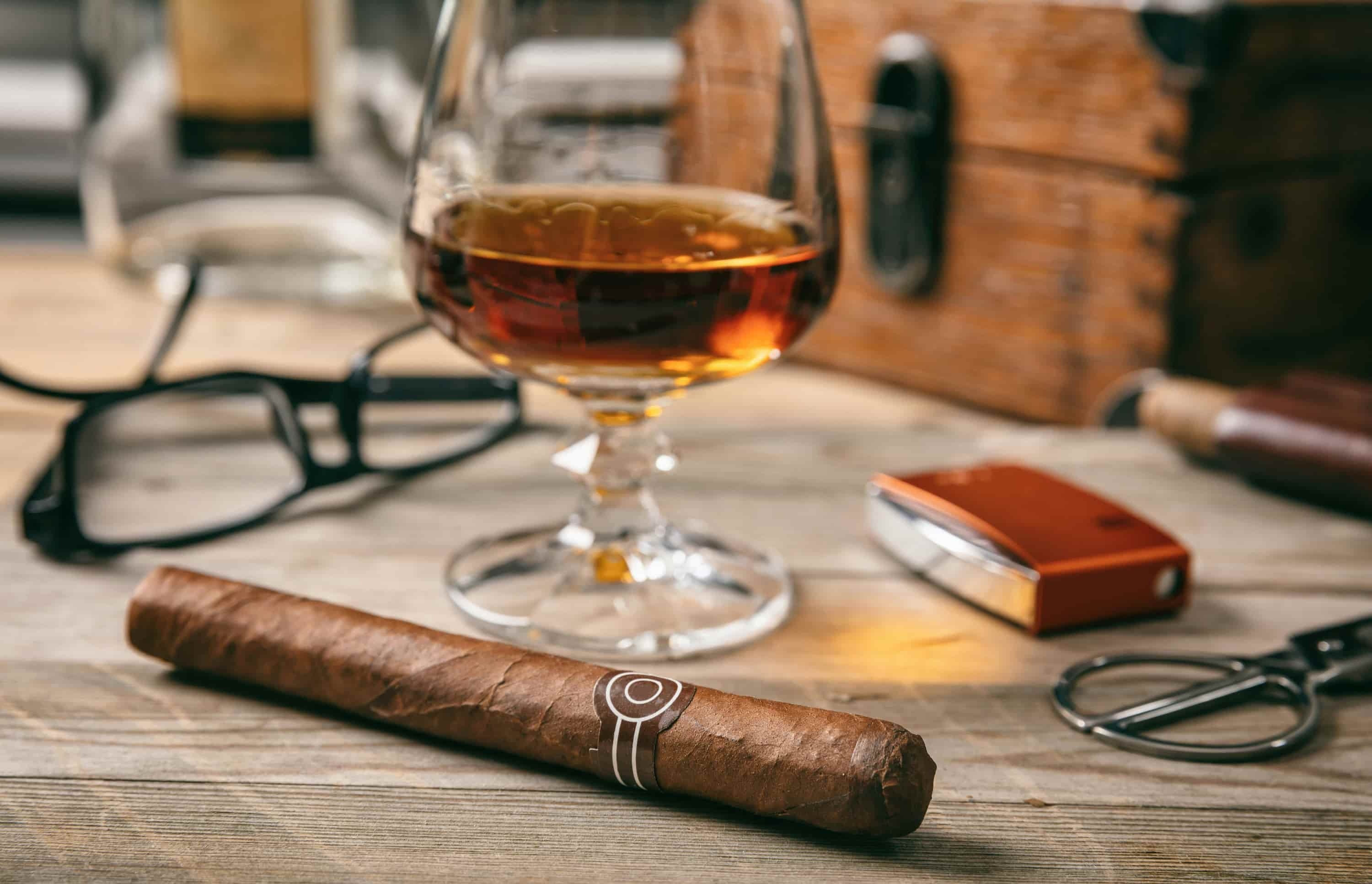
Cigar Anatomy - Understanding the Parts of a Cigar
For cigar enthusiasts, knowing the anatomy of a cigar is essential to fully appreciate the craftsmanship that goes into each smoke. The construction of a cigar involves several key components, each contributing to its overall flavor, burn, and experience. In this guide, we will delve into the different parts of a cigar, explore various cigar wrapper types, and understand the basics of cigar construction. By the end, you'll have a comprehensive understanding of cigar anatomy, enabling you to make more informed choices.
The Main Parts of a Cigar
A cigar consists of three primary components: the wrapper, binder, and filler. Each part plays a crucial role in the cigar's performance and taste.
Wrapper: The outermost leaf of the cigar, providing much of its flavor and appearance. Wrappers can vary significantly in color, texture, and origin, influencing the overall smoking experience.
Binder: The binder holds the filler tobacco together, acting as a support structure for the cigar. While it doesn't contribute as much to the flavor as the wrapper, it is essential for the cigar's construction.
Filler: The filler is the innermost part, consisting of a blend of different tobacco leaves. The filler blend determines the cigar's strength and complexity.
Understanding these parts helps you appreciate the skill involved in crafting a quality cigar.
Cigar Wrapper Types
The wrapper is often considered the most important part of a cigar due to its significant impact on flavor. Here are some common cigar wrapper types:
Connecticut: Known for its light color and mild flavor, Connecticut wrappers are smooth and often used in milder cigars.
Habano: Darker and spicier than Connecticut, Habano wrappers are popular for their rich and complex flavors.
Maduro: Maduro wrappers are dark and oily, providing a sweet and full-bodied flavor. They undergo a longer and/or warmer fermentation process, contributing to their distinctive taste.
Corojo: Originally from Cuba, Corojo wrappers offer a bold, spicy flavor and are commonly used in medium to full-bodied cigars.
These wrapper types provide a wide range of flavors and aromas, allowing smokers to find a cigar that suits their taste preferences.
Cigar Construction Basics
The construction of a cigar is a meticulous process that involves several steps to ensure a perfect smoking experience. Here’s a brief overview of how cigars are made:
- Harvesting: Tobacco leaves are carefully harvested and sorted based on quality and size.
- Fermentation: Leaves undergo fermentation to develop their flavor and remove impurities. This process can take several months.
- Aging: The leaves are aged to enhance their flavors. Aging can last from a few months to several years, depending on the desired outcome.
- Blending: Master blenders create the filler blend by combining different types of tobacco leaves.
- Rolling: Skilled rollers handcraft the cigars by combining the filler, binder, and wrapper. Consistency in rolling is crucial for an even burn and draw.
Understanding the anatomy of a cigar and the intricacies of its construction allows you to appreciate the craftsmanship behind each smoke. From the wrapper to the filler, each component plays a vital role in the cigar's flavor and overall experience. With this knowledge, you can better select cigars that match your preferences and enjoy the full spectrum of flavors they offer.
Appreciate the Craftsmanship
Understanding the anatomy of a cigar and the intricacies of its construction allows you to appreciate the craftsmanship behind each smoke. From the wrapper to the filler, each component plays a vital role in the cigar's flavor and overall experience. With this knowledge, you can better select cigars that match your preferences and enjoy the full spectrum of flavors they offer.
Discover the Best Cigars at Cigar Studio
Ready to explore the world of cigars with newfound knowledge? At Cigar Studio, we offer an extensive selection of premium cigars, including those with Connecticut, Habano, Maduro, and Corojo wrappers. Visit Cigar Studio today and find the perfect cigar to suit your taste. Experience the craftsmanship and quality that define every cigar in our collection.
How does the wrapper affect cigar flavor?
The wrapper significantly impacts the cigar's flavor. Different wrapper types, such as Connecticut, Habano, Maduro, and Corojo, offer a range of flavors from mild and smooth to bold and spicy.
What is the difference between binder and filler?
The binder is the part of the cigar that holds the filler tobacco together and provides structural integrity. The filler consists of a blend of various tobacco leaves that determine the cigar's strength, complexity, and overall flavor profile.

